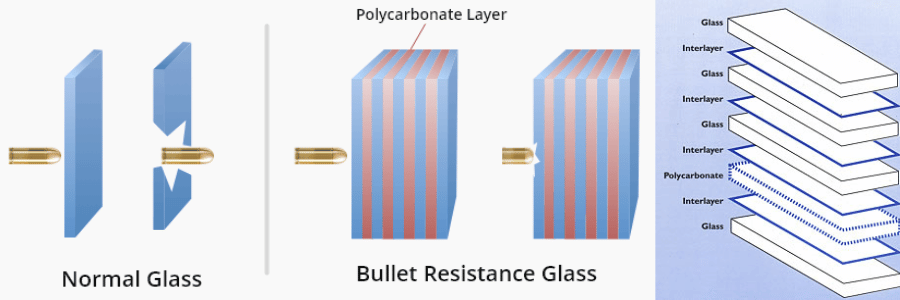In today’s world, safety and security are paramount concerns for both residential and commercial properties. Whether you live in a bustling urban area or a quiet suburban neighborhood, the need to protect your home or business from potential threats is ever-present. However, ensuring safety doesn’t mean you have to compromise on aesthetics. Gone are the days when security measures were bulky, unsightly additions to buildings. Thanks to advancements in technology and design, bulletproof windows now offer a perfect blend of protection and visual appeal. These state-of-the-art windows not only provide robust defense against various threats but also enhance the overall look and feel of your property. Let’s delve into the science behind bulletproof windows and explore how they seamlessly merge safety with aesthetics, ensuring you get the best of both worlds.
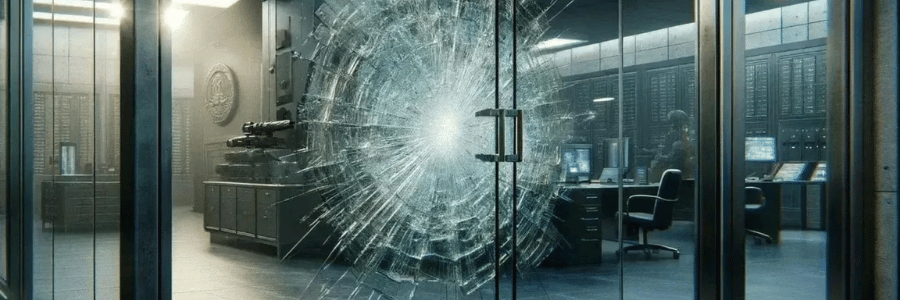
Understanding Bulletproof Windows
Bulletproof windows, also known as ballistic or bullet-resistant windows, are specially designed to withstand impacts from bullets and other projectiles. These windows are not made of a single layer of glass but rather a combination of materials that work together to absorb and dissipate the energy from a bullet.
Materials Used:
- Laminated Glass: Layers of glass are bonded together with interlayers of polyvinyl butyral (PVB) or other polymers. This combination makes the glass more resilient to impacts.
- Polycarbonate: Often used in conjunction with glass, polycarbonate is a durable, transparent material that adds another layer of protection.
- Acrylic: Some bulletproof windows incorporate layers of acrylic, which, while not as strong as polycarbonate, adds to the overall strength and clarity of the window.
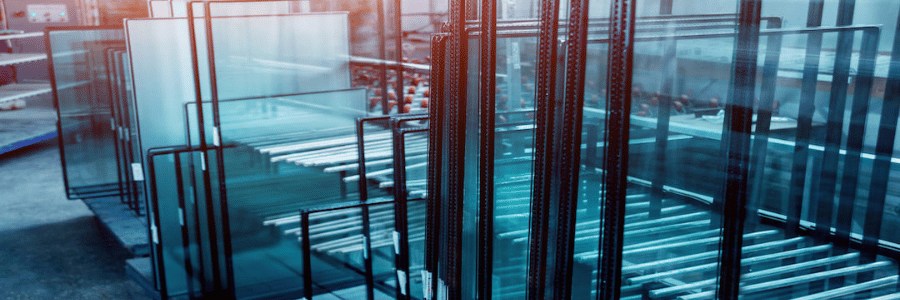
How Bulletproof Windows Work
The effectiveness of bulletproof windows lies in their multi-layered construction. Here’s how they work:
Energy Absorption and Dispersion:
- Initial Impact: When a bullet strikes the outer layer of the window, the first layer of glass absorbs a significant portion of the energy, causing it to crack but not shatter.
- Polycarbonate Layer: The polycarbonate layer, which is incredibly strong and flexible, absorbs the remaining energy and prevents the bullet from penetrating further. This layer also stops the glass from shattering into dangerous shards.
- Inner Layers: Additional layers of glass and polycarbonate work together to further dissipate the energy, ensuring that the bullet does not pass through the window.
Levels of Protection
Bulletproof windows are rated based on their ability to withstand different types and calibers of bullets. These ratings are established by standards organizations such as Underwriters Laboratories (UL) and the National Institute of Justice (NIJ).
Protection Levels:
- UL 1-3: These levels provide protection against small-caliber handguns, such as .22 and 9mm bullets. They are typically used in residential settings and low-risk commercial properties.
- UL 4-6: These windows can withstand higher-caliber handgun bullets and some rifles. They are suitable for high-risk areas and commercial buildings.
- UL 7-8: The highest levels of protection, these windows can resist multiple shots from high-powered rifles and military-grade weapons. They are used in government buildings, embassies, and other high-security locations.
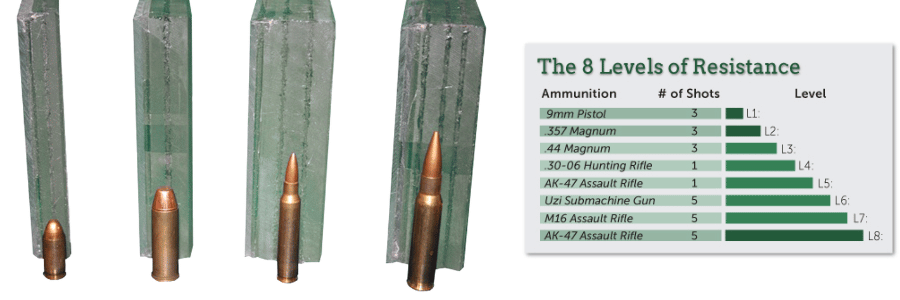
Aesthetic Considerations
While safety is a priority, bulletproof windows do not have to compromise on aesthetics. Modern bulletproof windows are designed to look like regular windows, maintaining the architectural integrity and visual appeal of the building.
Design Flexibility:
- Custom Sizes and Shapes: Bulletproof windows can be manufactured in various sizes and shapes to fit any window opening, ensuring a seamless integration with the building’s design.
- Tinting and Coatings: These windows can be tinted or coated to reduce glare, improve energy efficiency, and add privacy without compromising their protective qualities.
- Frame Compatibility: Bulletproof windows can be fitted into existing window frames or paired with custom frames that match the building’s style, whether it’s modern, traditional, or something in between.
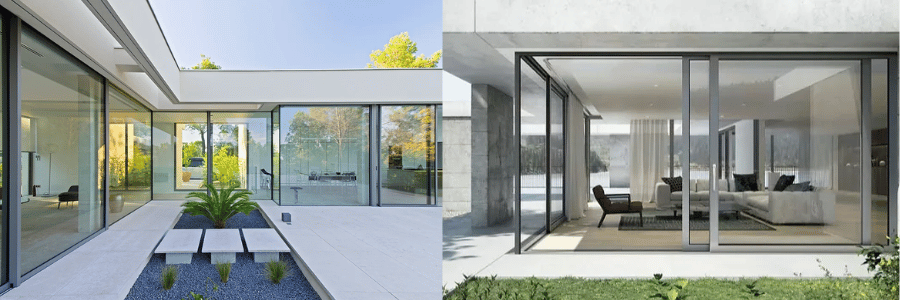
Benefits Beyond Security
In addition to providing unmatched security, bulletproof windows offer several other benefits:
Noise Reduction:
- The multiple layers of glass and polycarbonate also serve as an effective barrier against external noise, making bulletproof windows ideal for properties located in noisy urban areas or near busy roads.
Energy Efficiency:
- The laminated and polycarbonate layers improve the window’s insulating properties, helping to maintain indoor temperatures and reduce energy costs.
UV Protection:
- Many bulletproof windows come with coatings that block harmful UV rays, protecting interior furnishings from fading and reducing the risk of skin damage.
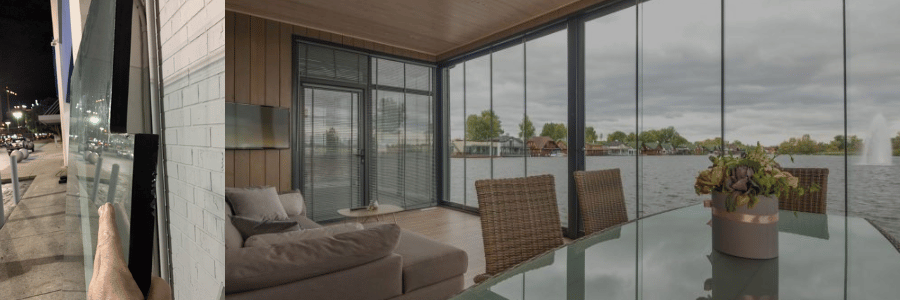
Conclusion
Bulletproof windows represent a remarkable fusion of science and design, offering unparalleled safety without sacrificing aesthetics. These advanced windows are engineered to withstand severe impacts, providing a robust shield against potential threats while seamlessly blending into the architectural style of any building. Whether you’re looking to enhance the security of your home or protect a commercial property, bulletproof windows offer a durable and visually appealing solution. By understanding the materials, construction methods, and additional benefits of bulletproof windows, such as noise reduction, energy efficiency, and UV protection, you can make a well-informed decision that ensures both safety and style for your property. With this knowledge, you can confidently choose bulletproof windows that offer robust protection without compromising on visual appeal, ensuring your property remains safe, stylish, and secure.

